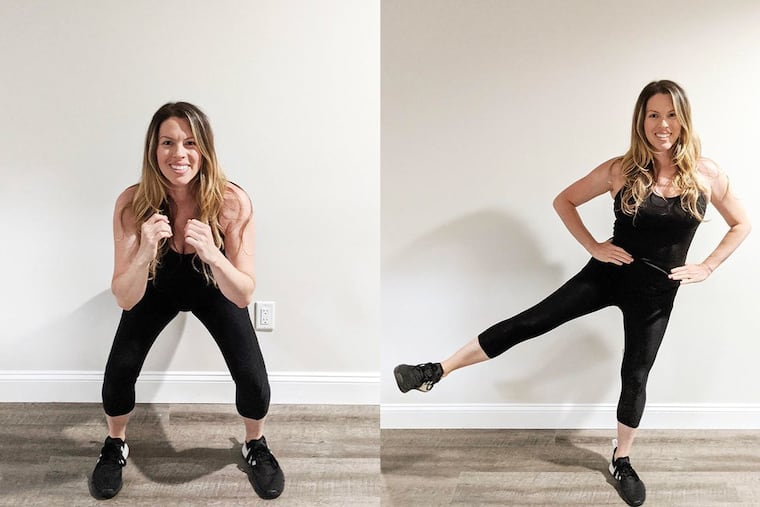3 simple exercises to increase circulation
Could you benefit from increasing your circulation? Get your pulse pounding with these must-do movements.

Could you benefit from increasing your circulation? Most of us don’t consider the importance of a strong circulatory system because this complex, life-sustaining process is performed involuntarily by the heart and blood vessels. But strong circulation, at any stage of life, is crucial to good health.
Some indicators of faulty blood flow include cold feet, numbness in the extremities, brittle nails, muscle cramps, or the appearance of blue-tinged skin.
Age-related conditions such as high cholesterol, elevated blood pressure, diabetes, peripheral artery disease, and blockages in major arteries, directly impact circulation. Left unmanaged, these health hazards can lead to complications such as blood clots or stroke. For this reason, it’s essential to develop healthy habits such as exercising daily, eating well, and taming tension to help boost your blood flow and prevent future circulatory-related concerns.
Get your pulse pounding with these must-do movements. For best results, practice this lower-body routine three times, twice a week in conjunction with daily cardio.
Walking. Any form of physical activity is beneficial to your circulatory health, and one of the easiest to engage in, especially during the summer, is walking. Unique to other forms of cardio, walking requires no equipment, is easy on the joints, and can be done alone or at a safe distance with friends. It’s also free.
For walking to be effective, it’s best to aim for 150 minutes each week. To make it more challenging, try including intervals of varying intensity. This can be done by briskly walking for five minutes, followed by a slower speed for two minutes. Continue this high-intensity, low-intensity pattern for the duration of your workout.
Lower-body exercises. Because the legs are farthest from the heart, this area is more prone to suffering from the effects of poor circulation. This is especially true for those with a condition known as peripheral artery disease, where a narrowing of the arteries reduces blood flow to the extremities, and most often the legs.
When we practice lower-body exercises, oxygen-rich blood floods this area. Plus, having a strong set of legs is always valuable to help safely move through daily activities with ease, balance, and independence.
Try incorporating this lower-body sequence to your next workout. You will need a long resistance band.
Weighted step-up
Hold a weight in each hand and let your arms rest at your sides. Position your left foot firmly on the seat of a sturdy chair or step. It’s important to not let your heel hang off the surface.
With shoulders back, core engaged, and gaze forward, push through your left heel to elevate your body up onto the step, then pull your right knee up toward your torso. Keep your left foot in place as you continue this exercise for 10 repetitions. Once complete, perform on the opposite leg. If balance is a concern, simply step up and plant both feet one at a time, rather than letting one foot hover.
Squat lateral leg lift
Stand with your feet hip-width apart. Your shoulders should be aligned over your hips.
With your body weight in your heels, hinge back at your hips to lower into a squat.
Then, push through your heels to lift your body and shift your body weight to your left foot. As you do so, push off this foot and elevate your right leg straight out to the side, squeezing the lateral muscle (hip abductor) in your hip. Lower back into a squat then lift your left leg in the same way. Repeat this alternating sequence 10 to 12 times, remembering to keep your leg straight during each extension.
Resistance band squat row
At hip height, loop and secure a resistance band to a stable object such as a bedpost, pole, or door handle. Each end of the band should be even in length.
Firmly grasp each end with your hands and take a step back so there is resistance on the band.
With your arms straight, hinge back at your hips to lower into a squat. On the way up, pull the band in toward your armpits. Squeeze your shoulder blades for two counts then repeat the sequence 10 times.
Ashley Blake Greenblatt is a certified personal trainer and wellness coach in South Jersey. To learn more about her virtual training program, go to ashleyblakefitness.com.